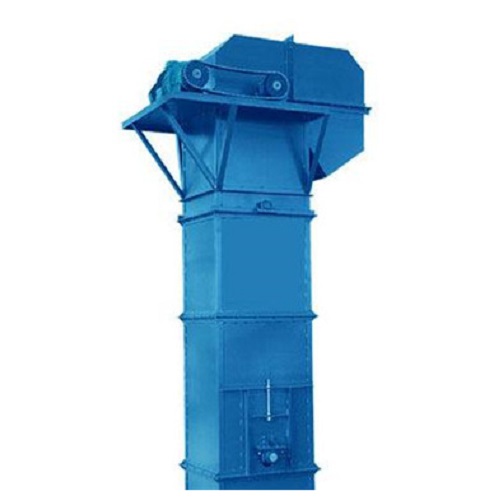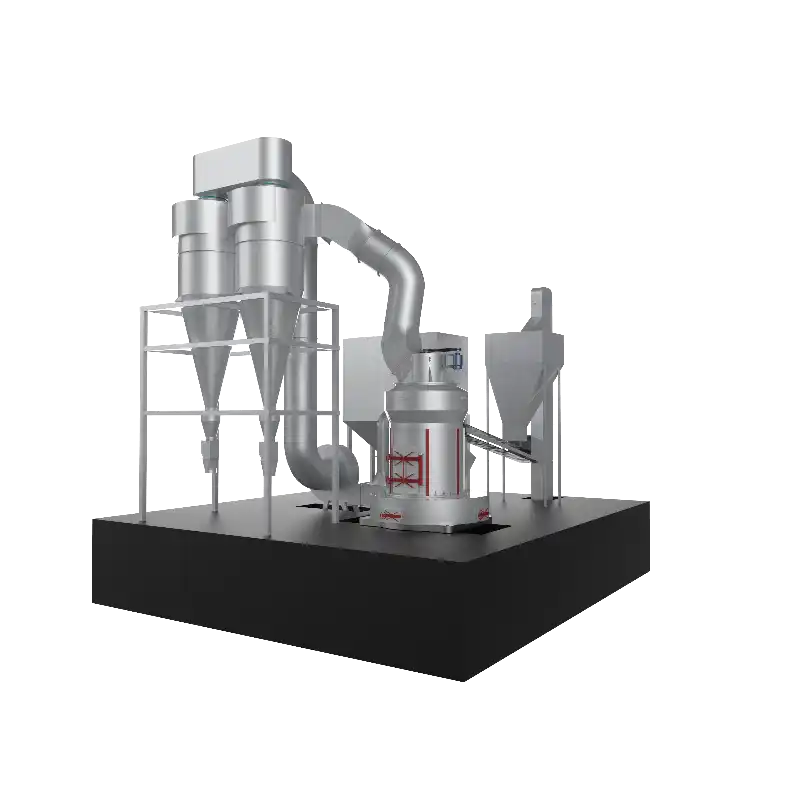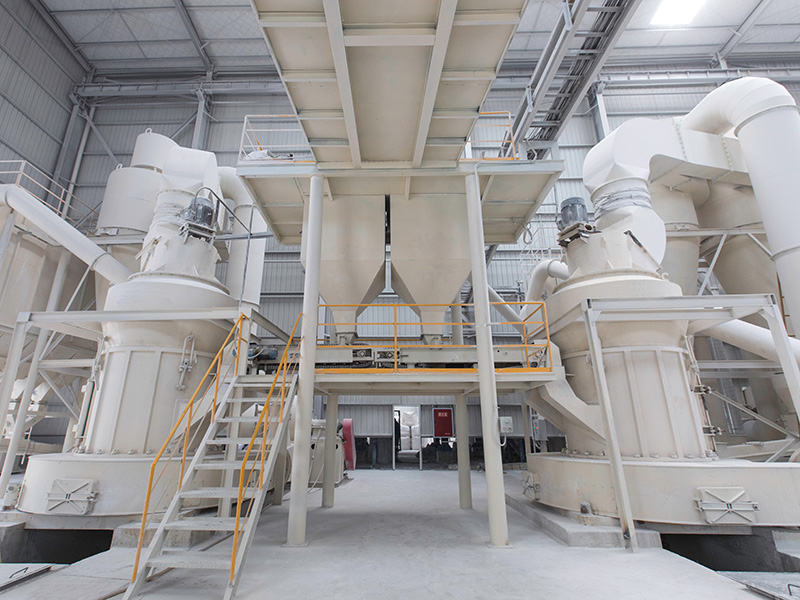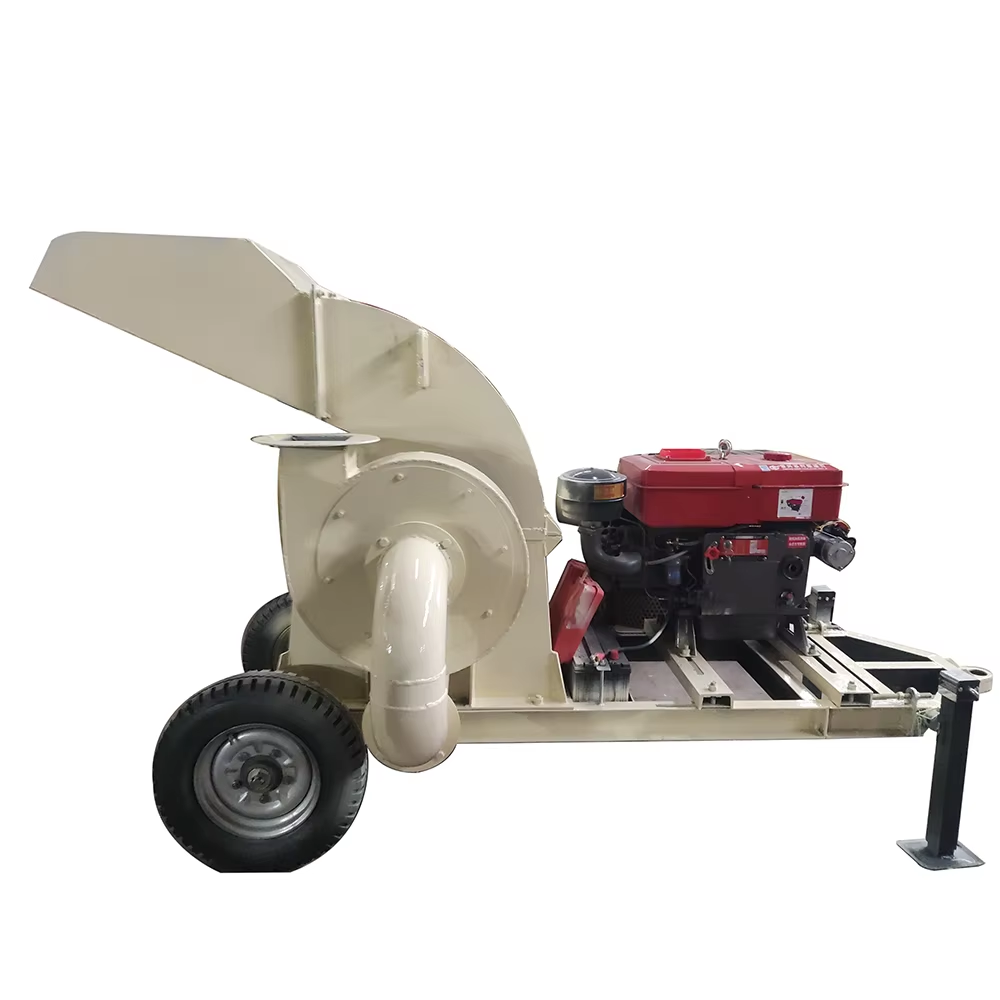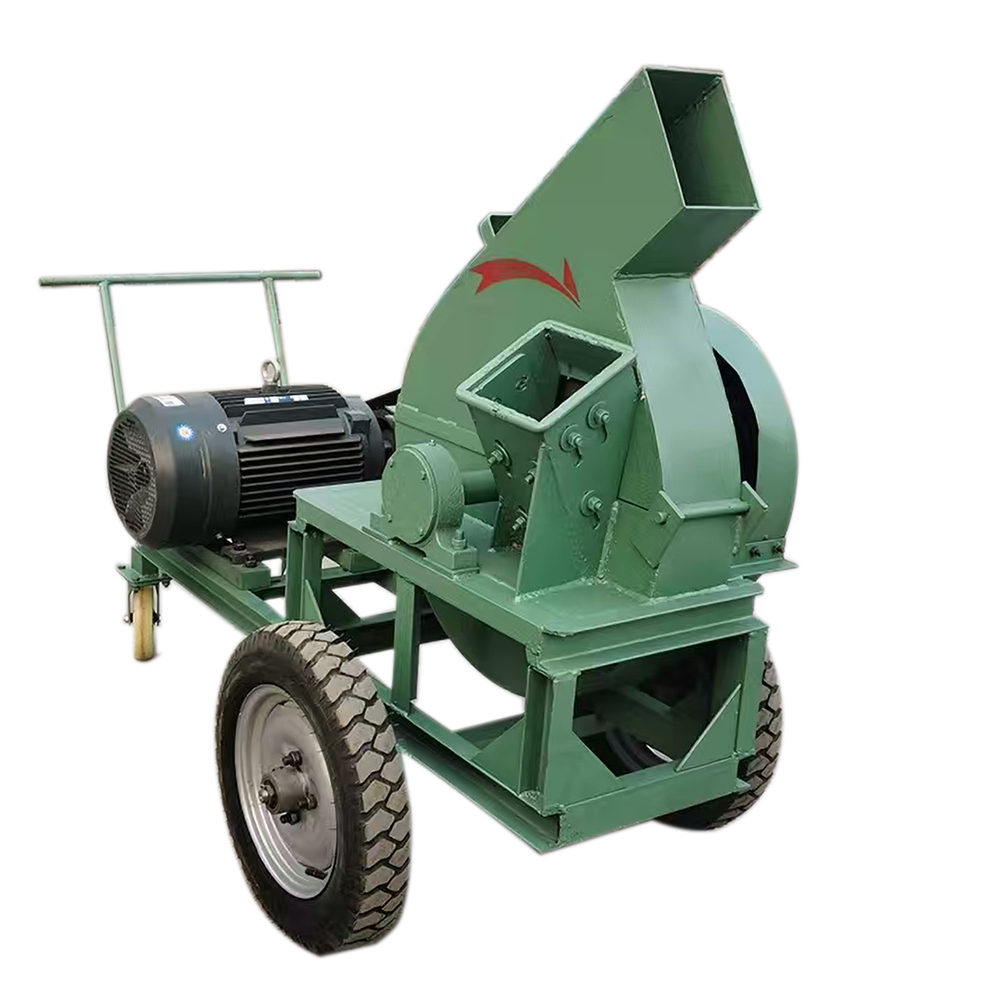Quartz sand is a non-metallic mineral, the main component of which is silicon dioxide, and the color is milky white or colorless and translucent. The aggregates are often granular, dense blocks, crystal clusters, or cryptocrystalline stalactites.
Quartz sand is a non-metallic mineral, the main component of which is silicon dioxide, and the color is milky white or colorless and translucent. The aggregates are often granular, dense blocks, crystal clusters, or cryptocrystalline stalactites.

High-purity quartz sand has a wide range of applications in high-tech industries. In the semiconductor industry, molten quartz can be made into chips with excellent high-temperature thermal properties, which are used to manufacture high-energy heat pipes with good high-temperature thermal stability; in the communications industry, quartz glass produced from quartz sand is the basic material for optical fibers and other optoelectronic devices.
Quartz sand can be used to produce silicone resin and solar cell substrates, and is in great demand in industries such as abrasives, fillers, coatings and silicone rubber. As the purity increases, its value increases significantly, especially in the high-tech field where high-purity quartz sand is in great demand.
Due to the depletion of natural crystal resources, it has become an inevitable trend to extract high-purity quartz from ordinary quartz sand. Improving purification technology and making extensive use of ordinary quartz sand are the key. In recent years, research on quartz sand purification has focused on three major categories: physics, chemistry and biology, among which physical methods are the most widely used.
Physical methods include water washing-graded desludging, scrubbing, magnetic separation and flotation, which can be used alone or in combination to remove impurities.
Physical purification of quartz sand
Water washing – graded desludging and scrubbing
In the quartz sand beneficiation process, fine particles with a particle size of less than 0.1 mm are usually called ore slime. For quartz sand with a large amount of clay and ore slime, as the particle size becomes finer, the grade of silicon dioxide gradually decreases, while impurities such as iron and aluminum increase.
The water washing-graded desludging method can effectively improve its grade. For the film iron and adhesive impurities on the surface of quartz sand, the effect of water washing-graded desludging is poor, which requires the use of mechanical force and the abrasive force between sand particles to remove the film iron and adhesive impurities on the surface of quartz sand. After graded desludging, a better impurity removal effect can be achieved.
Summarizing the experience of predecessors, the effect of rod grinding scrubbing is the most ideal. Generally, the scrubbing concentration is 50% to 60%. The scrubbing time should be determined according to the nature of the ore to initially meet the product quality requirements. The time should not be too long to avoid excessive energy consumption and excessive wear on the equipment.
Gravity separation, magnetic separation and flotation
Gravity separation is a mineral separation method that uses the differences in relative density, particle size, shape between mineral particles and the differences in movement rate and direction in water, air or heavy liquid to separate different minerals. For quartz sand ore, spiral concentrators, chutes, shaking tables and other gravity separation equipment are often used.
For some iron impurities in iron mineral particles or in mineral particles such as biotite, garnet and amphibole, as well as aluminum in feldspar, the most effective removal method is flotation.
At present, flotation mainly uses acidic conditions. According to the different reagents used, it can be divided into fluorine flotation and fluorine-free flotation. Some flotation is carried out under alkaline conditions, but from the perspective of industrial production, fluorine flotation is still the main flotation method. Its advantages are better purification effect and mature technology, but it has a greater corrosion effect on equipment and more serious environmental pollution.
Quartz sand deep processing technology
Ultrafine grinding
With the rapid development of high-tech fields, high-purity quartz micropowder has shown broad application prospects as a filling material. It has many advantages such as excellent dielectric properties, high thermal conductivity, low thermal expansion coefficient, high temperature resistance, corrosion resistance, controllable particle size distribution, and good suspension performance. It is widely used in catalysts, advanced abrasives, fine chemicals and other fields. The processing process usually uses high-purity quartz sand as raw material, and produces qualified ultrafine quartz powder through processes such as melt calcination, ultrafine grinding, and grading.
Spheroidization
Spheroidizing ultrafine quartz powder can improve its surface fluidity and make it more uniform when mixed with resin to form a film, so that the performance of the electronic components produced is better; second, the plastic packaging material formed by spheroidization has the smallest stress concentration and higher strength, and the yield rate of integrated circuit chips encapsulated by spherical powder plastic packaging material is high; third, the friction coefficient of spherical powder is small, and the friction force generated on the mold is small, which can increase the service life of the mold.
The preparation technology of spherical quartz powder is difficult. Foreign countries usually use high-temperature melt spraying, controlled hydrolysis of ethyl orthosilicate and silicon tetrachloride in liquid phase, etc.
Surface modification
Natural quartz powder has poor affinity with polymer materials. When used as filler, it is often unevenly dispersed or even agglomerated, which has a great impact on the quality of the product. Therefore, the quartz powder needs to be surface modified to make it reactive. The surface modification methods are mainly divided into encapsulation modification, deposition modification, microcapsule modification, surface chemical modification, mechanochemical modification and high-energy treatment modification. Among them, surface chemical modification is the most widely used, and there are many types of modifiers, mainly silane coupling agents, titanate coupling agents, organic chromium coupling agents, zirconium aluminate coupling agents, etc.Quartz sand deep processing technology
Ultrafine grinding
With the rapid development of high-tech fields, high-purity quartz micropowder has shown broad application prospects as a filling material. It has many advantages such as excellent dielectric properties, high thermal conductivity, low thermal expansion coefficient, high temperature resistance, corrosion resistance, controllable particle size distribution, and good suspension performance. It is widely used in catalysts, advanced abrasives, fine chemicals and other fields. The processing process usually uses high-purity quartz sand as raw material, and produces qualified ultrafine quartz powder through processes such as melt calcination, ultrafine grinding, and grading.
Spheroidization
Spheroidizing ultrafine quartz powder can improve its surface fluidity and make it more uniform when mixed with resin to form a film, so that the performance of the electronic components produced is better; second, the plastic packaging material formed by spheroidization has the smallest stress concentration and higher strength, and the yield rate of integrated circuit chips encapsulated by spherical powder plastic packaging material is high; third, the friction coefficient of spherical powder is small, and the friction force generated on the mold is small, which can increase the service life of the mold.
The preparation technology of spherical quartz powder is difficult. Foreign countries usually use high-temperature melt spraying, controlled hydrolysis of ethyl orthosilicate and silicon tetrachloride in liquid phase, etc.
Surface modification
Natural quartz powder has poor affinity with polymer materials. When used as filler, it is often unevenly dispersed or even agglomerated, which has a great impact on the quality of the product. Therefore, the quartz powder needs to be surface modified to make it reactive. The surface modification methods are mainly divided into encapsulation modification, deposition modification, microcapsule modification, surface chemical modification, mechanochemical modification and high-energy treatment modification. Among them, surface chemical modification is the most widely used, and there are many types of modifiers, mainly silane coupling agents, titanate coupling agents, organic chromium coupling agents, zirconium aluminate coupling agents, etc.



